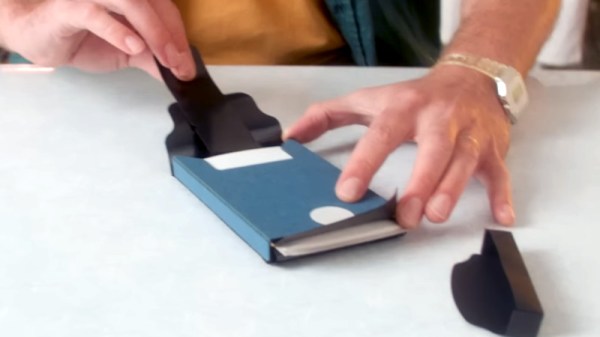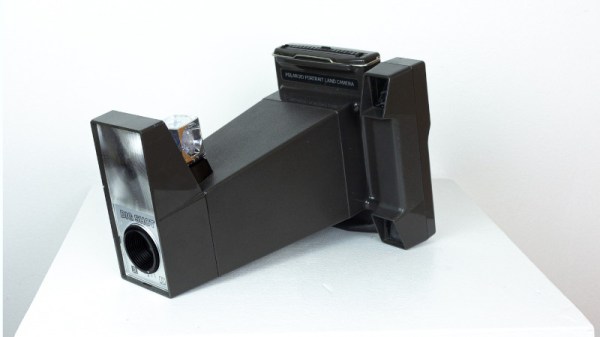Instant photography was one of the twentieth century’s coolest-to-have consumer inventions, but when the digital photography revolution came it had few answers. It survives as a niche format thanks to Fuji’s Instax line and a group of Dutch entrepreneurs who revived a defunct Polaroid works, but what hasn’t made it are the earlier pack and roll film formats for which the picture is revealed by peeling apart a negative and positive side. All isn’t lost though, because a small Austrian company has been producing pack film cartridges as a handmade artisan product. To reduce the cost per print they’re now available as a DIY self-assembly kit, and it’s this which [In an Instant] is taking a look at in their latest video.
The kit has enough components for eight shots, and where the original cartridge would have held multiple exposures this one can only hold one at a time. The cartridge itself is cleverly formed from folded card as opposed to the plastic and metal of the original, and the components are a relatively straightforward assembly task. It’s a fascinating window into how the Polaroid pack film process worked, with the light-sensitive layer behind a pull-away black light screen, in front of the white positive sheet and with a pouch of developer chemicals to one side. It’s in no way cheap at somewhere about 10 dollars a shot, but it’s amazing that pack film can be recreated and for enthusiasts it’s a lifeline that keeps their cameras useful.
This isn’t the first time we’ve looked at revitalising a pack film camera, but it’s a lot easier than hacking a Fuji cartridge to do the job.
Continue reading “You Can Now Build Your Own Polaroid-style Pack Film Cartridge”













